Asus has recently introduced its new contender to take on the budget segment in India. Dubbed as Asus Zenfone Max Pro M2, the smartphone comes with a price tag of Rs 12,999 for the 3GB RAM variant, Rs 14,999 for the 4GB RAM option and 6GB RAM option is priced at Rs 16,999.
With this, Asus is looking to repeat the success it did with the Zenfone Max Pro M1. The company has added some much-needed upgrades in design, hardware and more. However, this time it has even more competition with brands like Realme kicking in with some aggressively priced smartphones. So, does the Zenfone Max Pro M2 have enough arsenal to beat its competition and become the best-selling smartphone in this price band? Let’s find out.
Glossy Design is in!
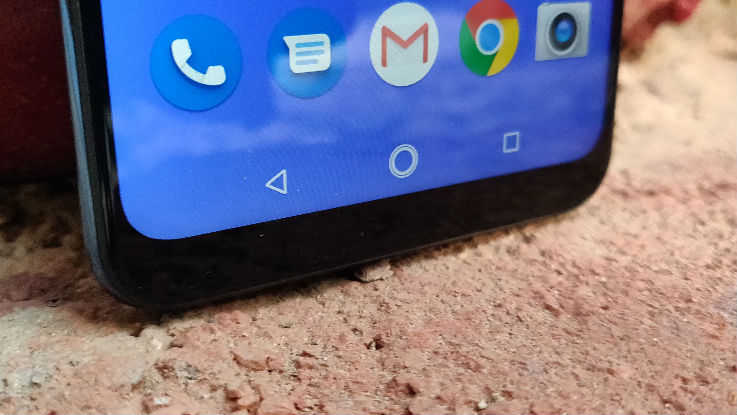
The first thing you will notice about this new device is its design language. The company has opted for a modern design language on this smartphone, which gives a pretty neat and premium look. Unlike Zenfone Max Pro M1, which had a metal body, the company has opted for a polycarbonate material with glossy finish at the back, that gives a different look. Although, some might feel that metal is more sturdy in its own right. The major highlight here is the inclusion of Corning Gorilla Glass 6 protection, which gives a high probability for not shattering into pieces when it falls down.
The plastic finish at the back does make it lighter as compared to its predecessor and it is more comfortable to hold in your hand. The side bezels are quite slim, though the bottom chin might bother some people. That said, it is still one of the good-looking smartphones in this price range.
Display looks sharp and Crisp!
Another thing we liked about this smartphone is the display. The phone features a 6.26-inch Full HD+ display with a screen Resolution of 2180 x 1080 pixels. The display offers some crisp text and the colour are punchy enough to enjoy your favourite games or movies. The outdoor visibility is good and you can thank 500nits brightness for that. The phone supports 94 per cent NTSC colour gamut, which again enhances the overall viewing experience.
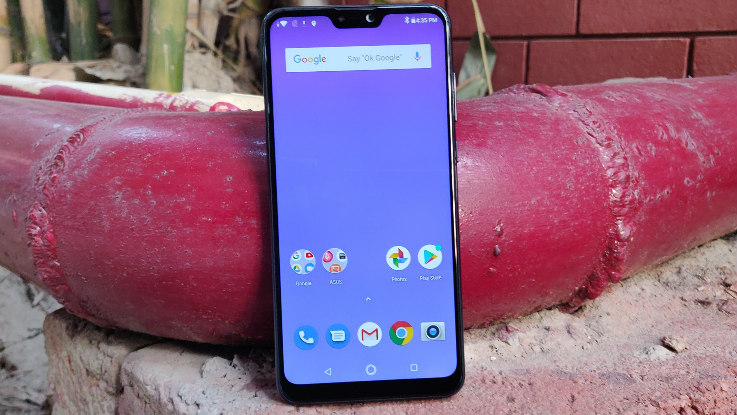
The phone comes with a notch at the top, which is small and pretty much standard at this price range. However, there is no option to hide the notch, which is one downside of this phone. Apps which are optimised for the notch run in fullscreen, while for other apps, you will see a black area around the notch.
Battery is long lasting
Another major highlight of the smartphone is the 5000mAh battery. The smartphone easily delivers two days of battery backup without breaking a sweat under normal usage. Our day to day tasks included using the phone for listening to music during a metro commute, playing PUBG Mobile for 30 minutes, streaming some movies, checking different email accounts and doing some usual editings on Snapseed. During this period, the phone easily lasted one full day with almost 30 per cent battery left.
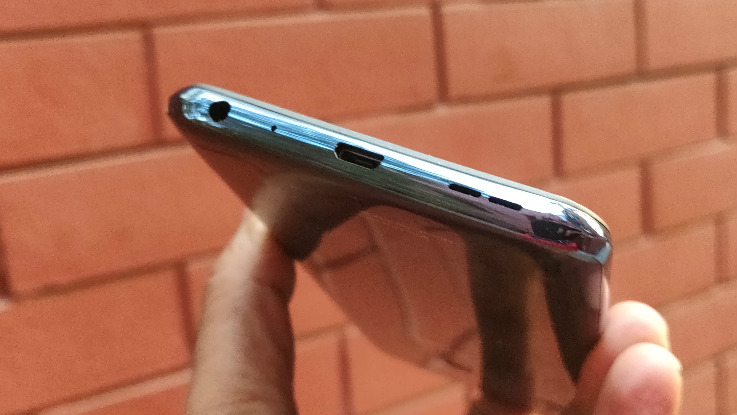
The only problem one will encounter is during the charging the phone. It took almost 2 hours and 20 minutes to fully charge the device. The company ships a 10W standard charger with this smartphone, which could have been improved slightly. Hopefully, in future, we might see some devices from Asus coming with Fast charging support.
Cameras are upgraded, but still needs improvements
The Zenfone Max Pro M2 is equipped with a dual-camera setup. The primary lens with a 12-megapixel Sony IM486 sensor with f/1.8 aperture, 27mm focal length, 6 element lens, phase Autofocus and LED flash coupled with a 5-megapixel secondary shooter with 84-degree Field of view. For the front, there is a 13-megapixel shooter with f/2.0 aperture, 26mm focal length, LED flash and face unlock.
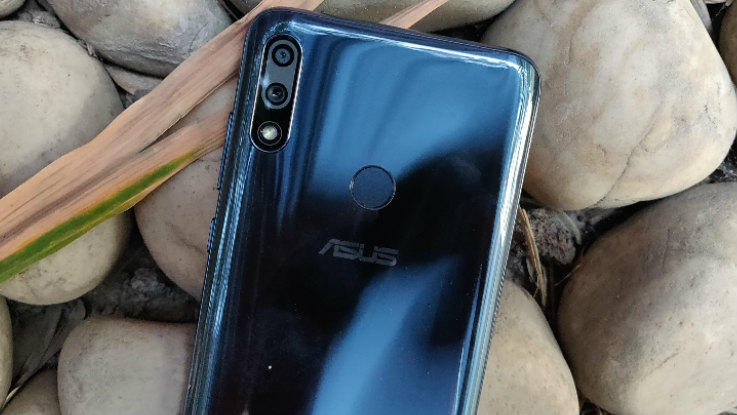
The company has upgraded the arsenal of the latest Asus Zenfone Max Pro M2, but does it really improve the quality of the pictures taken? Yes and No. To some extent, you see improvements when you take photos in broad daylight. The phone is fast to lock focus and the pictures deliver some decent photos, though details are slightly missing in some photos. The macro shots came out to be good, but then again in some cases, it was not able to focus subject, which was slightly smaller in size.
The low light performance was average as well. The photos were passable with some noises and grains visible when you zoom in to the images. The major problem we felt was during the portrait mode. Though it was able to properly blur the background, the EDGE detection was not that great. This sometimes spoils the whole photo as wrong part of the subject was blurred out, making a bit uncomfortable for the eye to see. The selfie camera does a decent job in capturing the photos when the lights are good, though we felt in low light conditions, the photos were a bit washed out in nature.
Performance is fluid
The phone is powered by a Qualcomm Snapdragon 660 Processor coupled with Adreno 512 GPU. It will be available in different memory options. There is a 3GB+ 32GB model, a 4GB+64GB option and 6GB+64GB variant. The memory can be further expanded up to 2TB via microSD card slot. We got the 4GB RAM option for review and during our testing period, we did not encounter any lag or bug.
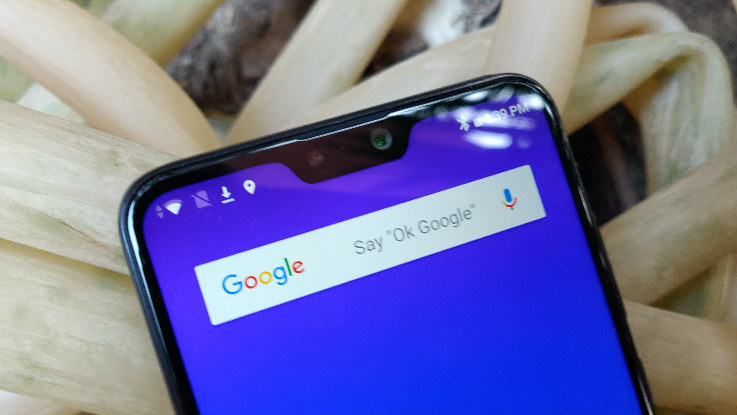
Whether be it multi-tasking or using split-screen, you will not get disappointed with this smartphone. On the gaming front, it handles most of the casual gaming quite effectively. We ran PUBG Mobile in Balanced graphics settings with Medium frame rates and the output was satisfying as we did not notice any lag or frame drop during our gameplay experience. Although it is important to mention that the phone does get warmed up with extended gameplay session. But apart from this, the performance is fluid and smooth.
On the software front, the Zenfone Max Pro M2 runs on Android 8.1 Oreo with company’s ZenUI running on top of it. Just like its predecessor, this one also comes loaded with a Stock Android experience, which is a good thing. The user interface is pretty smooth and easy to use. You get some gestures like double tap to turn the turn the screen on and off. The UI comes with minimal bloatware, which means that you get more storage.


